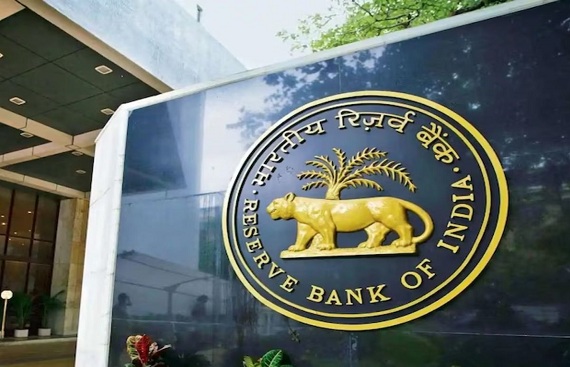The Reserve Bank of India has launched a Innovative Tech Platform for a more efficient Credit Delivery Process
By
siliconindia | Friday, 11 August 2023, 03:13 Hrs

Governor of the Reserve Bank of India (RBI), Shaktikanta Das, announced the expansion of an end-to-end credit delivery debt platform during the recent Monetary Policy Committee (MPC) meeting. The objective behind this expansion is to extend financial services to underserved areas for enhanced financial inclusion.
“RBI is developing the platform in association with the Reserve Bank Innovation Hub (RBIH),” Das said while announcing the RBI Policy. The initial groundwork for this initiative began in 2022 when the RBI, in partnership with RBIH, initiated a digital lending pilot project aimed at facilitating seamless credit delivery. The pilot phase was initiated with Kisan Credit Card (KCC) loans, subsequently expanding to encompass dairy loans. Currently, KCC loans are operational in five districts Madhya Pradesh, Tamil Nadu, Karnataka, Uttar Pradesh, and Maharashtra. Meanwhile, dairy loans are accessible in select districts in Gujarat.
Building upon the success of the pilot, the RBI has outlined plans to amplify the scope of this digital platform. The forthcoming platform is envisaged to feature an open architecture and open Application Programming Interface (API) with a ‘plug and play’ approach, allowing all stakeholders to seamlessly connect. This initiative seeks to create a unified ecosystem that connects borrowers and lenders. By catering to underserved regions, the common platform aims to increase credit accessibility and promote better financial inclusion across the country.
Addressing the current demand, which remains robust in both urban and rural areas, the RBI anticipates the platform to facilitate transparency and efficiency within the lending process. The platform’s phased rollout is being planned for the initial launch. The introduction of this digital platform is poised to bring about transparency, efficiency, cost reduction, and scalability in the lending landscape, ultimately leading to faster disbursement of funds and improved financial accessibility.

